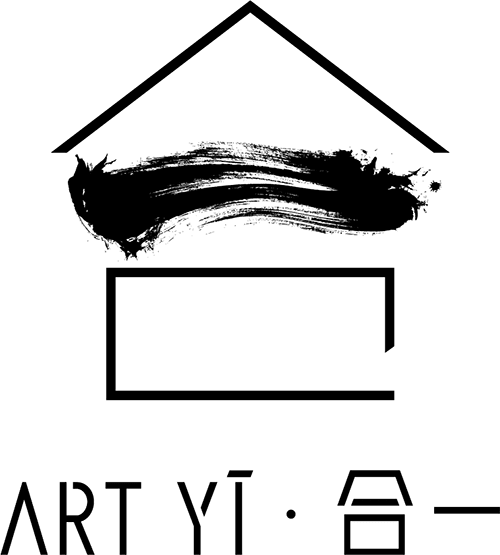Eric Pasture Belg, 1958
Évidence - 1, 2020
Acrylic on canvas
70 x 50 cm
27 1/2 x 19 3/4 in
27 1/2 x 19 3/4 in
Unique piece
• Free Worldwide Art Shipping (DDU)
• Professional Art Packing
• Full Insurance & Gallery Guarantee
• Certificate of Authenticity by Artist & Gallery
• Enquire a Welcome Offer for your 1st Collection
• Professional Art Packing
• Full Insurance & Gallery Guarantee
• Certificate of Authenticity by Artist & Gallery
• Enquire a Welcome Offer for your 1st Collection
Series: Red
Currency:
Red, the color of fire and blood, however has the same symbolic ambivalence as the latter, no doubt, visually speaking, depending on whether it is bright or dark. The bright...
Red, the color of fire and blood, however has the same symbolic ambivalence as the latter, no doubt, visually speaking, depending on whether it is bright or dark.
The bright red, diurnal, solar, centrifugal incites him to action; he is the image of ardor and beauty, of impulsive and generous strength, of youth, of health, of wealth and of a free and triumphant Eros.
Dark red, on the contrary, is nocturnal, female, secret and bordering on centripetal; it represents not the expression, but the mystery of life.
The paintings of Eric Pasture bring us some elements of answer to this nagging question which remains as open as that of humanity: how to capture the colors of the world in a universal construction? Apparently, the real is full of colors, but the colors, in reality, do not exist. The ones we see depend on the light that the outside world directs towards our eyes, but ideas of "red" are born only in the depths of our brain.
The colors are therefore not only the "exploits of light" as Goethe said: They are also the exploits of me. We use ourselves to adorn the world and we do it for us.
The bright red, diurnal, solar, centrifugal incites him to action; he is the image of ardor and beauty, of impulsive and generous strength, of youth, of health, of wealth and of a free and triumphant Eros.
Dark red, on the contrary, is nocturnal, female, secret and bordering on centripetal; it represents not the expression, but the mystery of life.
The paintings of Eric Pasture bring us some elements of answer to this nagging question which remains as open as that of humanity: how to capture the colors of the world in a universal construction? Apparently, the real is full of colors, but the colors, in reality, do not exist. The ones we see depend on the light that the outside world directs towards our eyes, but ideas of "red" are born only in the depths of our brain.
The colors are therefore not only the "exploits of light" as Goethe said: They are also the exploits of me. We use ourselves to adorn the world and we do it for us.

